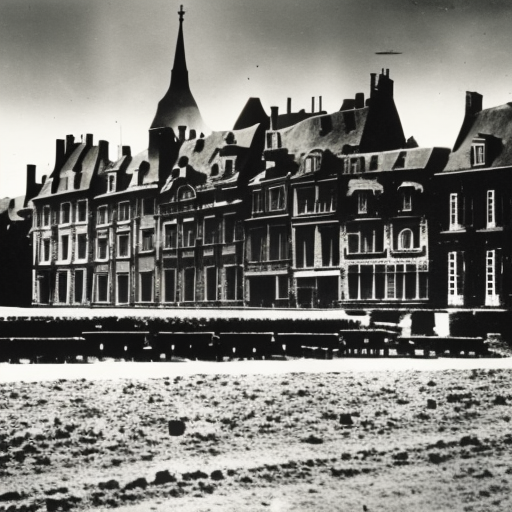Siege of Arras: A Turning Point in the Spanish Netherlands
The Siege of Arras was a significant military event that took place from 27 March to 9 May 1640 during the Eighty Years’ War. It marked a turning point in the conflict between the Spanish Habsburgs and the Dutch Republic, as the Dutch forces successfully captured the strategically important city of Arras in present-day France.
The Background
The Eighty Years’ War, also known as the Dutch War of Independence, was a protracted struggle between the Spanish Habsburgs and the Dutch Republic for control of the Spanish Netherlands. By the early 17th century, the Dutch had gained significant ground in their fight for independence, but the Spanish still held several key cities, including Arras.
The Dutch Offensive
In 1640, the Dutch Republic launched a major offensive in an attempt to weaken Spanish control in the region. The capture of Arras was a crucial objective, as it would not only provide a strategic stronghold for the Dutch but also sever the Spanish lines of communication between their territories in the Spanish Netherlands and France.
The Siege
The Dutch forces, led by Prince Frederick Henry of Orange, surrounded Arras and began a systematic siege. They constructed a network of trenches and fortifications to isolate the city and cut off its supply lines. The Spanish garrison, commanded by the experienced General Francisco de Melo, put up a determined defense, but they were outnumbered and outgunned.
The Assault
After several weeks of intense bombardment and skirmishes, the Dutch launched a full-scale assault on 9 May 1640. The attack was coordinated and fierce, with Dutch soldiers storming the city walls and engaging in close-quarters combat with the Spanish defenders. Despite the Spanish resistance, the overwhelming numbers and determination of the Dutch forces eventually prevailed.
The Aftermath
The capture of Arras was a significant victory for the Dutch Republic. It not only dealt a severe blow to Spanish control in the region but also boosted the morale of the Dutch forces and their supporters. The fall of Arras also had wider implications for the balance of power in Europe, as it weakened the Spanish Habsburgs and strengthened the position of the Dutch Republic.
Legacy
The Siege of Arras is remembered as a turning point in the Eighty Years’ War. It demonstrated the growing strength and military prowess of the Dutch Republic, as well as the vulnerability of the Spanish Habsburgs. The Dutch continued their offensive and eventually gained control of several more key cities in the Spanish Netherlands, further eroding Spanish influence in the region.
Conclusion
The Siege of Arras was a pivotal event in the Eighty Years’ War, marking a significant victory for the Dutch Republic and a setback for the Spanish Habsburgs. The capture of Arras not only provided the Dutch with a strategic stronghold but also weakened Spanish control in the region. This event played a crucial role in shaping the outcome of the conflict and furthering the cause of Dutch independence.












